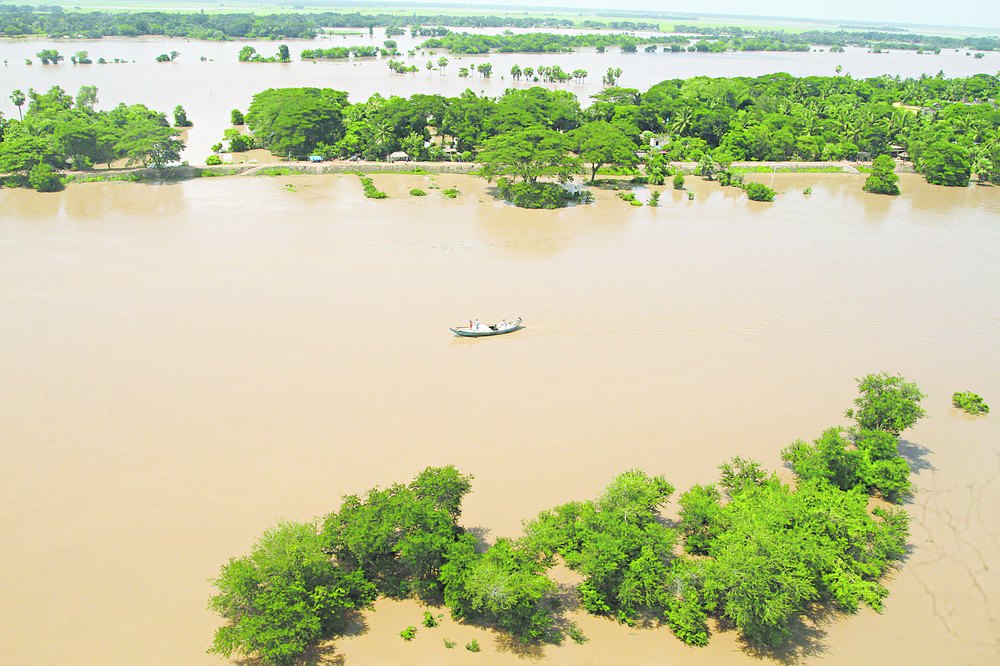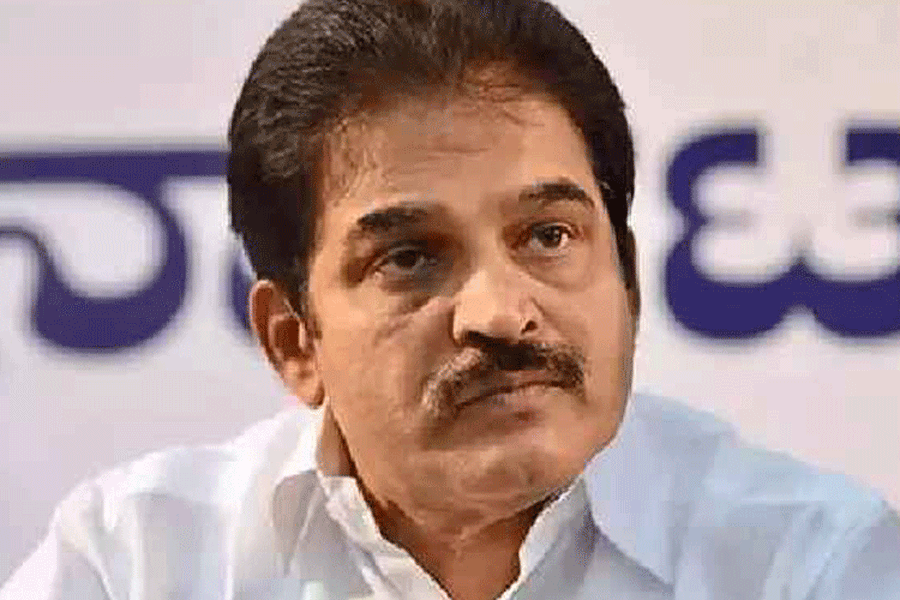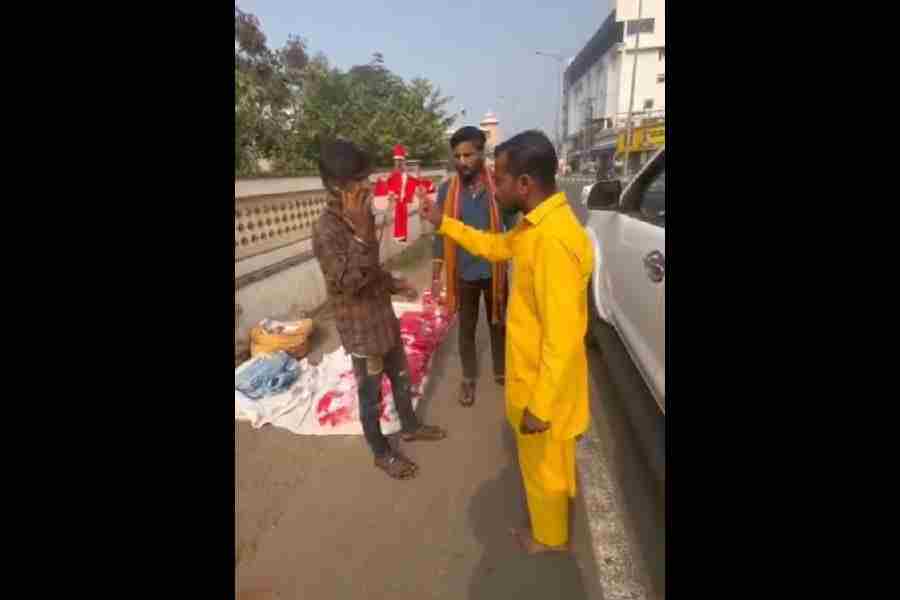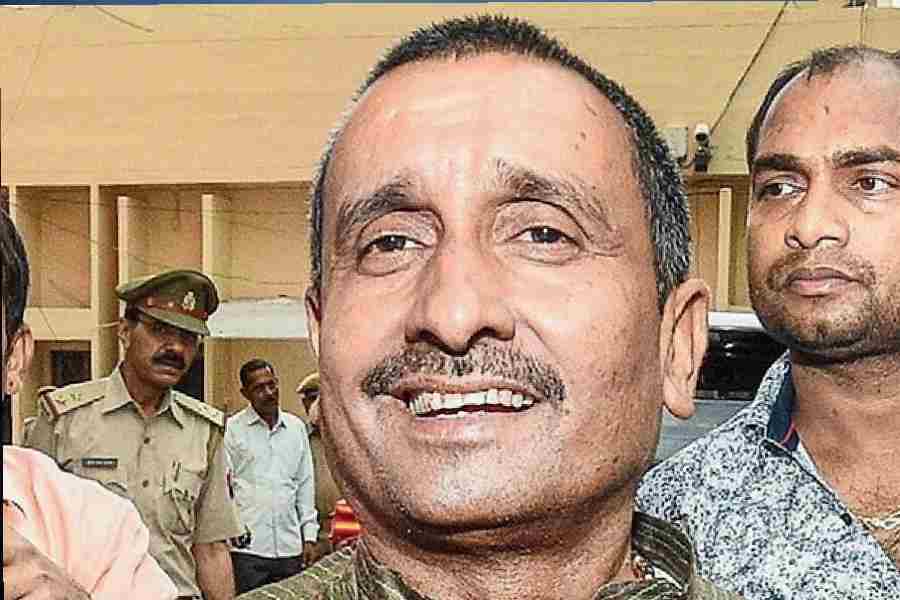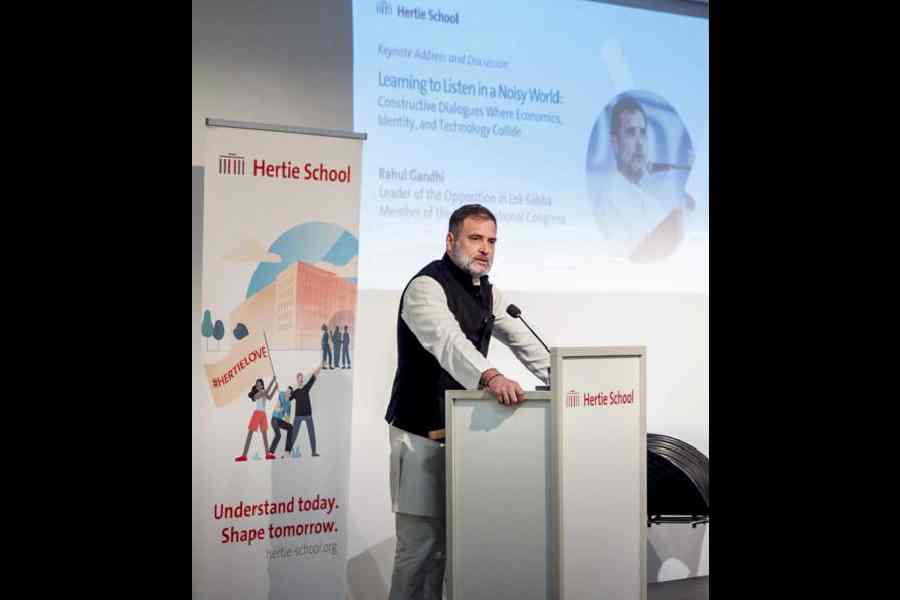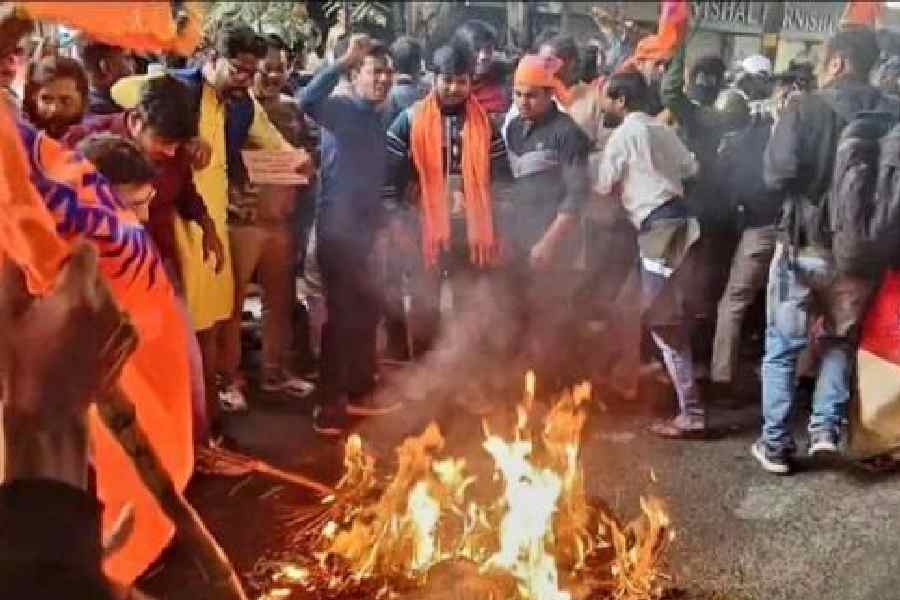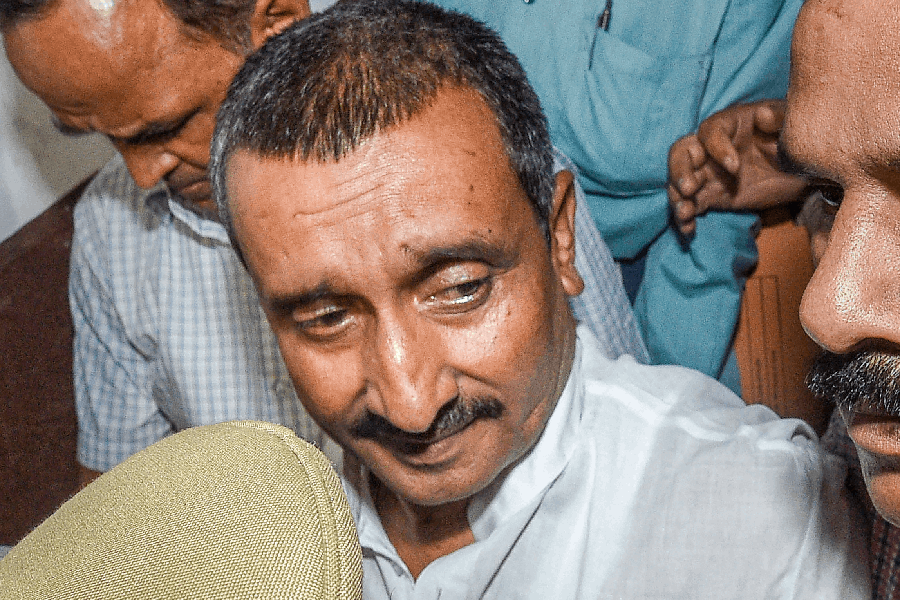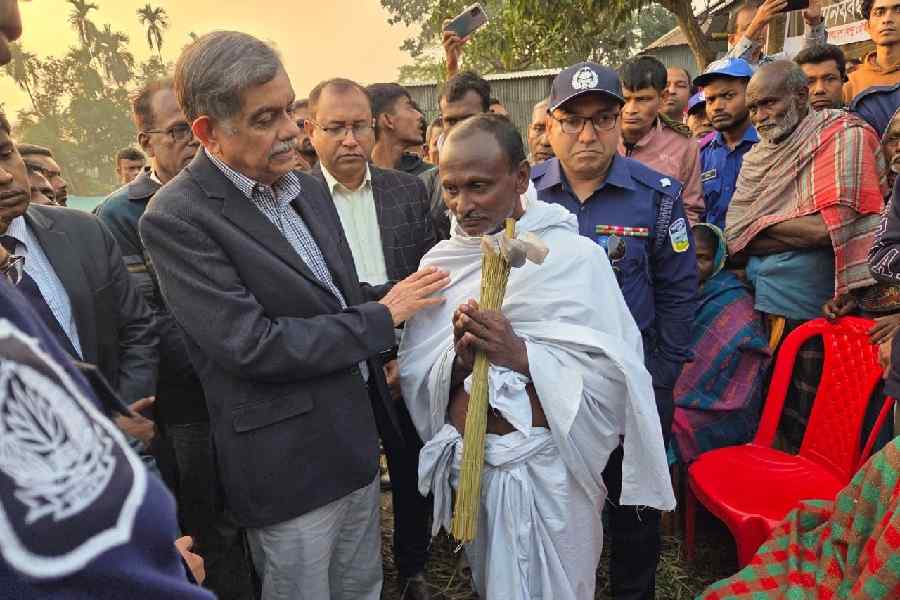
Bhubaneswar, May 29: The Centre has proposed interlinking of the Mahanadi with the Godavari by constructing a dam over the biggest river of Odisha.
The plan is to build a 932-km link canal to connect the proposed Manibhadra reservoir on the Mahanadi with Dowlaiswaram barrage on the Godavari in Andhra Pradesh.
The Centre and the state government will jointly fund the project. While the Centre will fund 90 per cent of the project cost, the Odisha government will bear the remaining 10 per cent cost.
A team, headed by Amarjit Singh, additional secretary in the Union water resources ministry, today met chief minister Naveen Patnaik and made a presentation before him about the proposed project.
Official sources said the chief minister told the visiting team that the Odisha government would examine the proposal and send its reply to the Centre.
Sources said the chief minister asked the officials of the water resources department to study the feasibility of the project, the extent of submergence and to suggest modifications, if necessary.
Bishnu Prasad Das, a World Bank expert on dams, said the proposal needed detailed examination.
The project is said to have two objectives - to increase the irrigation potential of the state as Odisha is one among the states with lowest irrigation potential and control floods in the Mahanadi basin.
A major dam is proposed to be built at Barimul on the Mahanadi to divert its surplus water to the Godavari. Some more barrages will also be built on the Tel river and other tributaries of the Mahanadi.
However, construction of major dams on the Mahanadi had met with protests in the past. After the Hirakud dam had come into existence, the then Prime Minister, Jawaharlal Nehru, in 1964 laid the foundation stone for a dam to be built on the river at Tikarpara. However, the project was later abandoned as people had opposed the possible submergence of vast areas.
Later, the then chief minister, Janaki Ballav Patnaik, mooted the idea of building the Manibhadra dam on the Mahanadi after the devastating floods in 1982. However, the project could not proceed due to protest by local people.

